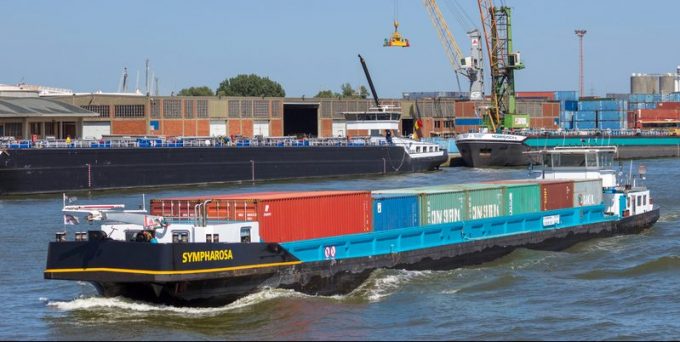Trend for vertical integration may not be right for multimodal transport
Carriers and shippers with ambitions to be integrators looking to “take the forwarder out” of ...

Congestion along Antwerp and Rotterdam’s inland waterways has surged to its highest peak in several years, leaving users stranded.
Wait times at Antwerp more than doubled over the past week, from 44 hours to 94, according to the latest figures from Contargo, while congestion at Rotterdam was up by more than 50%, to 128 hours.
Contargo failed to respond for requests for comment, but serious delays have become “part and parcel” of the environment, according to one source, for those operating along ...
Volcanic disruption at Anchorage could hit transpacific airfreight operations
Macron calls for ‘suspension’ – CMA CGM's $20bn US investment in doubt
Forwarders stay cool as US 'liberation day' tariffs threaten 'global trade war'
Shippers snap up airfreight capacity to US ahead of tariff deadline
De minimis exemption on shipments from China to the US will end in May
Tighter EU import requirements proving 'a challenge' for forwarders
Looming Trump tariffs will create 'a bureaucratic monster' for Customs

Comment on this article